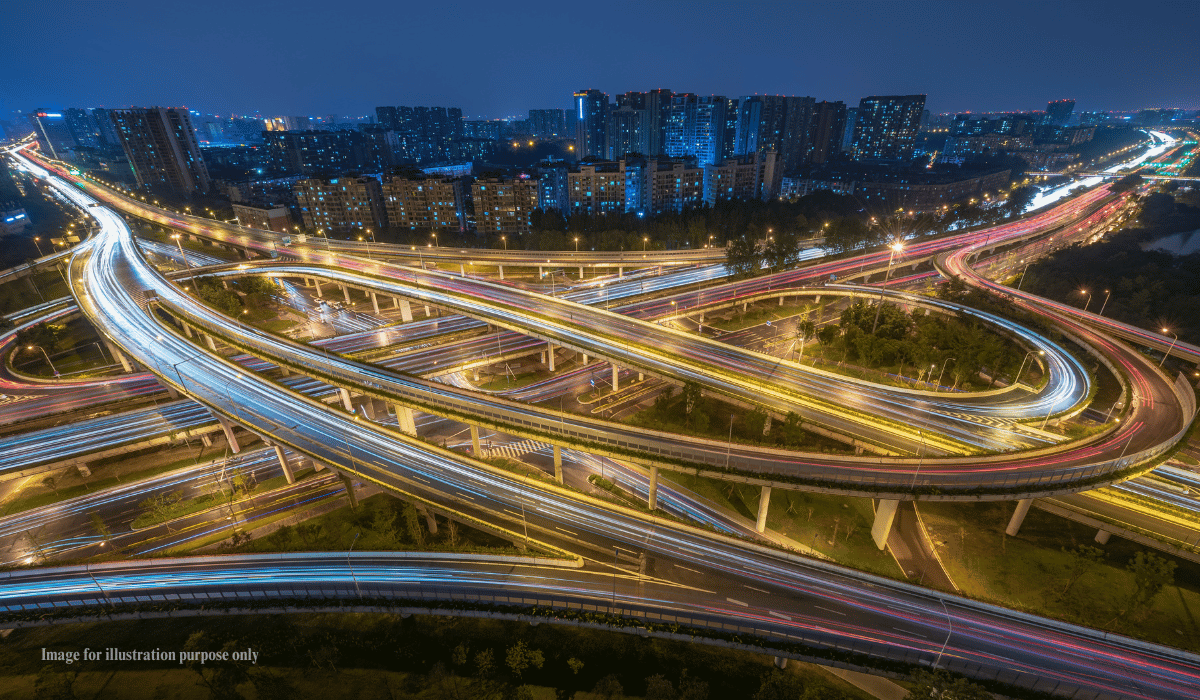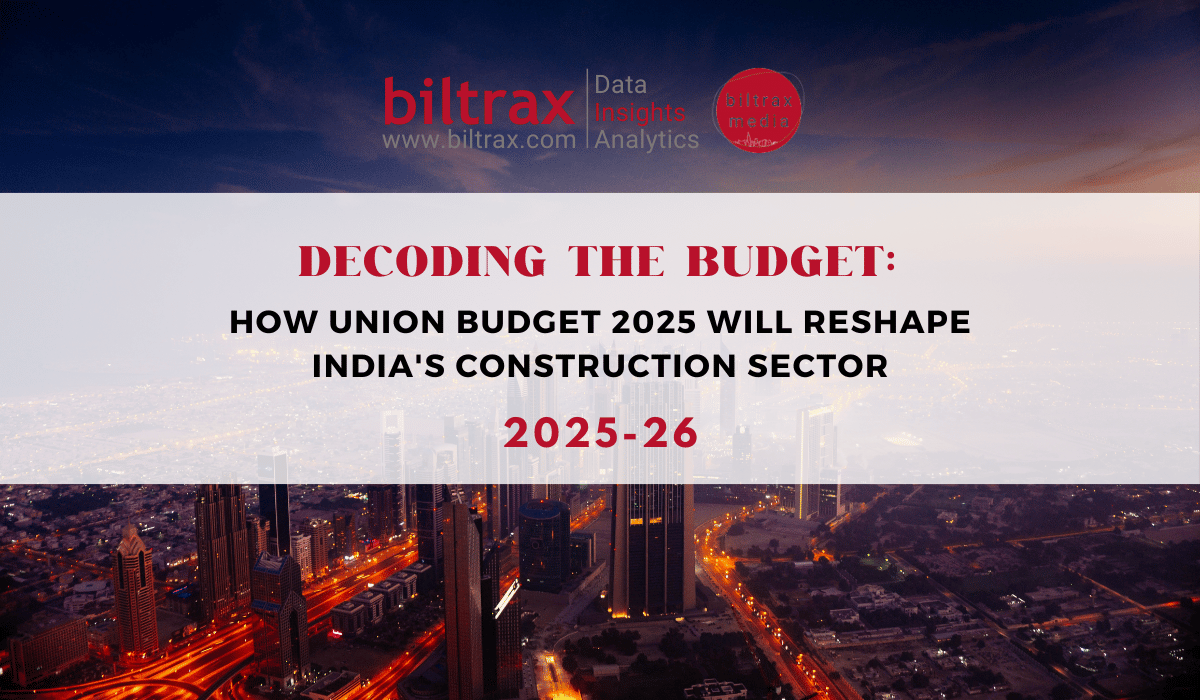Part 1 of this post explored the urbanization projections in India & impact on creating more affordable housing by constructing in far suburbs to save on land cost, lowering the minimum habitable space requirements using innovations in design as well as adhering to low rise construction in order to save on construction costs.
Continuing on the same theme we are elaborating on further aspects
4. Benefits of Scale & Standardization
An affordable housing project can immensely benefit from the scalability & replicability of design, procurement & construction processes.
At Xrbia, the design has been standardized to a major extent & minor customization is applied based on the specific site location, size, contour patterns, soil type & most importantly; the local statutory requirements.
One of the initial tasks of team Across & Beyond was to understand Client’s requirements & create a design brief highlighting the objectives of undertaking the project of this scale. Consequently a major prequalification process was undertaken during which participating Consultants were interviewed on their project portfolio & learnings to assess their credentials for Xrbia. A core Consultant team was appointed; which was responsible for working parallel across 15 different projects which enabled us to expedite design, engineering & procurement processes. This helped in reducing the timeframe between conception & execution of the project thereby saving financing costs for the developer.
Though the biggest benefit was wrapping up majority of design development within 6 – 8 months, the scale of Xrbia projects enabled us to negotiate our rates with Consultants, Contractors & other Vendors during the procurement phase thereby allowing us to pass on the benefits to end Customer
5. Outsourcing
At Xrbia, the major delivery processes were outsourced to external engineering and project management teams which could be scaled up quickly in response to planned milestones. The efficiency of work processes were constantly benchmarked against market standards and a large internal overhead for the Developer was obviated; who was free to focus on critical issues of Land Acquisition, Liaison for Approvals, Project Marketing, Sales & Finance. Please see image 2 below.
As an example; during the Construction phase, the Developer appointed an external company to invest in a Ready Mix Concrete plant & supply to Xrbia Contractors at a pre-negotiated fixed rate thereby further de-risking the Contractors.

6. Construction Technology
Some of the technological interventions & material substitutions were as follows –
a. Building Information Modeling (BIM) – During the design process, BIM techniques were implemented to eliminate discrepancies in drawings at an early stage which helps in eliminating future construction delays due to design changes resulting from these discrepancies.
b. Formwork Systems – Investment in contemporary construction technologies such as Aluminium Formwork/Shuttering Systems has a large impact in large scale projects. System forms are prefabricated & engineered modules of shuttering panels with a metal frame & thin contact metal surface. These series of panels are joined together edge-to-edge & spaced in parallel with a second series of panels. As per the Structural Engineer’s design, steel reinforcement is placed inside these forms & wet concrete is poured in this space to make beams, columns, slabs, walls, floors, ceilings, etc. After the concrete within the forms attains the required strength, the series of panels are dismantled revealing a highly uniform, monolithic concrete structure with accurate tolerances & plumb levels. No further plastering is required on these surfaces due to them being highly finished by use of metal panels. Structures constructed using metal forms & design mix concrete provide greater durability & better seismic performance as compared to conventional brick & mortar construction.
These systems are usually implemented in Tier I cities where their cost can be recovered from premium pricing on luxury projects. However, standardization being the essence of Xrbia design, the system forms were planned to be repeated up to 300 times & hence their upfront costs were recoverable by utilizing them at multiple buildings/projects. Another advantage of using this technology was that the Contractors were de-risked to a certain extent because they were not required to invest upfront in formwork on superstructure.
This is how Xrbia was able to provide a much superior finished product in the affordable housing segment.
c. Using Pex Pipe Systems resulting in elimination of bathroom accessories/fittings such as elbows, couplings, angle valves, etc
d. Using Single-Stack System thereby avoiding a second stack for Bathroom & Kitchen Waste.
e. Using HDPE Corrugated Pipe instead of RCC Hume Pipe as Trench
7. Delivery Timeline
An often neglected aspect of affordable housing is that the target end user usually does not have the ability to sustain payment of two houses – renting the currently occupied home while paying the pre-EMI or instalments of the purchased apartment during the construction phase.
At Xrbia, the product delivery timeline was highly optimized due to design standardization, system formwork technology, streamlined project documentation & effective project management. This enabled quicker project execution & faster move-ins for the buyer.
8. Local Materials & Labour
Procuring materials locally helps the environment as well as saves costs of transportation, octroi, miscellaneous taxes, etc to Developer which can be passed on to the end Customer. Using local labour is more likely be cheaper than moving a large workforce & providing for their local accommodation. Using local resources also provides employment opportunities to project affected people & may help in improving their livelihoods. This also acts as a communication medium when the Developer is confronted with local issues.
9. Sustainability
An affordable housing project should stay affordable throughout its life-cycle; most of which is during occupancy phase. This is where sustainability comes into the picture. The immediate and most tangible benefit of a sustainable project is in the reduction in water and operating energy costs right from day one, during the entire life cycle.
At Xrbia, we have embraced sustainability in design & construction resulting in the following benefits –
a. Water Management – Using water efficient fixtures, rainwater harvesting, Sewage Treatment Plant for recycling water, resulting in savings of 30 – 50% of water use.
b. Building Design – Ample daylight & ventilation to all apartments resulting in energy savings of 20 – 30%
c. Waste Management – Waste management strategies optimized to receive, segregate & recycle or responsibly dispose of waste as per their type (dry, wet, biodegradable, etc)
d. Energy Efficiency – Energy efficient fixtures, using natural contours of the site to build up the required pressure for sanitary, fire-fighting purposes thereby eliminating pumps & allied infrastructure; thereby reducing energy costs over the life cycle of the project, supplying piped gas to the community, etc
e. Material Selection – Smart selection of low-impact, non-toxic, materials having low-embedded energy thereby promoting a healthy indoor air quality for the inhabitants. Using thin concrete walls instead of regular bricks is also better from sustainability perspective
Summary
At Xrbia, an integrated approach was developed to address supply side constraints that made houses unaffordable for most urban dwellers.
By planning to build houses at ~ 25% cheaper than market benchmarks & smart ticket sizing (Rupees 12 – 20 lakh); the Developer was able to price its inventory at lower than prevailing market rate. This combined with an attractive location in Hinjewadi (proximity to Pune’s IT district); an extremely fresh approach to marketing blitzkrieg & setting up Advance Disbursal Facility (ADF) resulted in the Developer being able to take bookings of over 3000 homes within a fortnight even during a period of extreme uncertainty in real estate industry back in 2012-13.
Both these posts were about our experience in planning an affordable housing project. However major challenges remain in the execution of this vision. We will elaborate on some of these issues in our upcoming posts.
For readers interested in some technicalities please refer to the tables below –


Reference:
Navin Rajpal (January 6, 2017) How can one reduce costs to make houses affordable in India? – Part 2 [LinkedIn post] Retrieved from https://www.linkedin.com/pulse/how-can-one-reduce-costs-make-houses-affordable-india-navin-rajpal-1/
Discover more from Biltrax Media, A Biltrax Group venture
Subscribe to get the latest posts sent to your email.




















